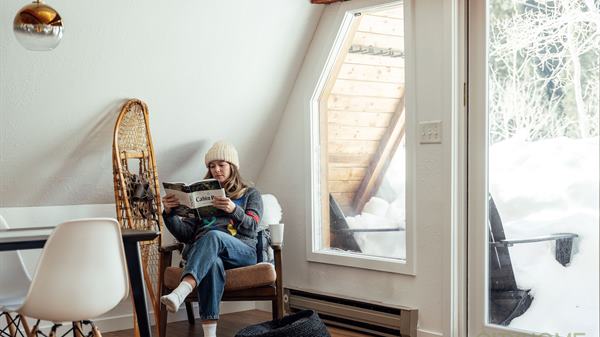Anyone familiar with SLC’s architectural culture has undoubtedly admired the work and legacy of John Sugden [1922-2003]. Mr. Sugden could easily be the most intensely complex cocktail of prestigious education, apprenticeship, and design philosophy that Salt Lake has ever seen. Born in Chicago, where his father was attending medical school, the family returned to their native Utah when he was still an impressionable kid. An intimate connection between Sugden and Utah’s landscape formed via adventures in rock climbing, skiing, and explorations with his naturalist father.
John eventually returned to Illinois to pursue professional training at the Illinois Institute of Technology. It’s there that he landed himself under the world-renown wings of architects, Mies van der Rohe and Ludwig Hilberseimer. Tutelage under these iconic, 20th-century creators propelled Sugden to a caliber of design [and, ultimately, a body of work] for which most architectural students would trade their lives. Mies was among the most influential and thought-shifting designers of American skyscrapers after World War II, transforming common ideologies into works of architectural ingenuity. Two of the most well known are the Seagram Building in New York [1958] and the 860-880 Lake Shore Drive buildings in Chicago [1941-1951], on which John was able to work alongside Mies as project architect. Both projects stand today as well-recognized and highly-regarded monuments of modernism for scholars and architects around the world.
"The interior is unprecedentedly transparent to the surrounding site, and uncluttered in itself."
Sugden’s final project, and the completion of his apprenticeship under Mies, was his work on the Farnsworth house in Plano, Illinois. A significant structure that has since been purchased by the National Trust, the philosophy behind the project is best worded by historian, Maritz Vanderburg: “Every physical element has been distilled to its irreducible essence...All of the paraphernalia of traditional living – rooms, walls, doors, interior trim, loose furniture, pictures on walls, even personal possessions – have been virtually abolished in a puritanical vision of simplified, transcendental existence. Mies had finally achieved a goal towards which he had been feeling his way for three decades.” It would seem that Sugden packed these concepts securely in his suitcase before boarding the flight home.



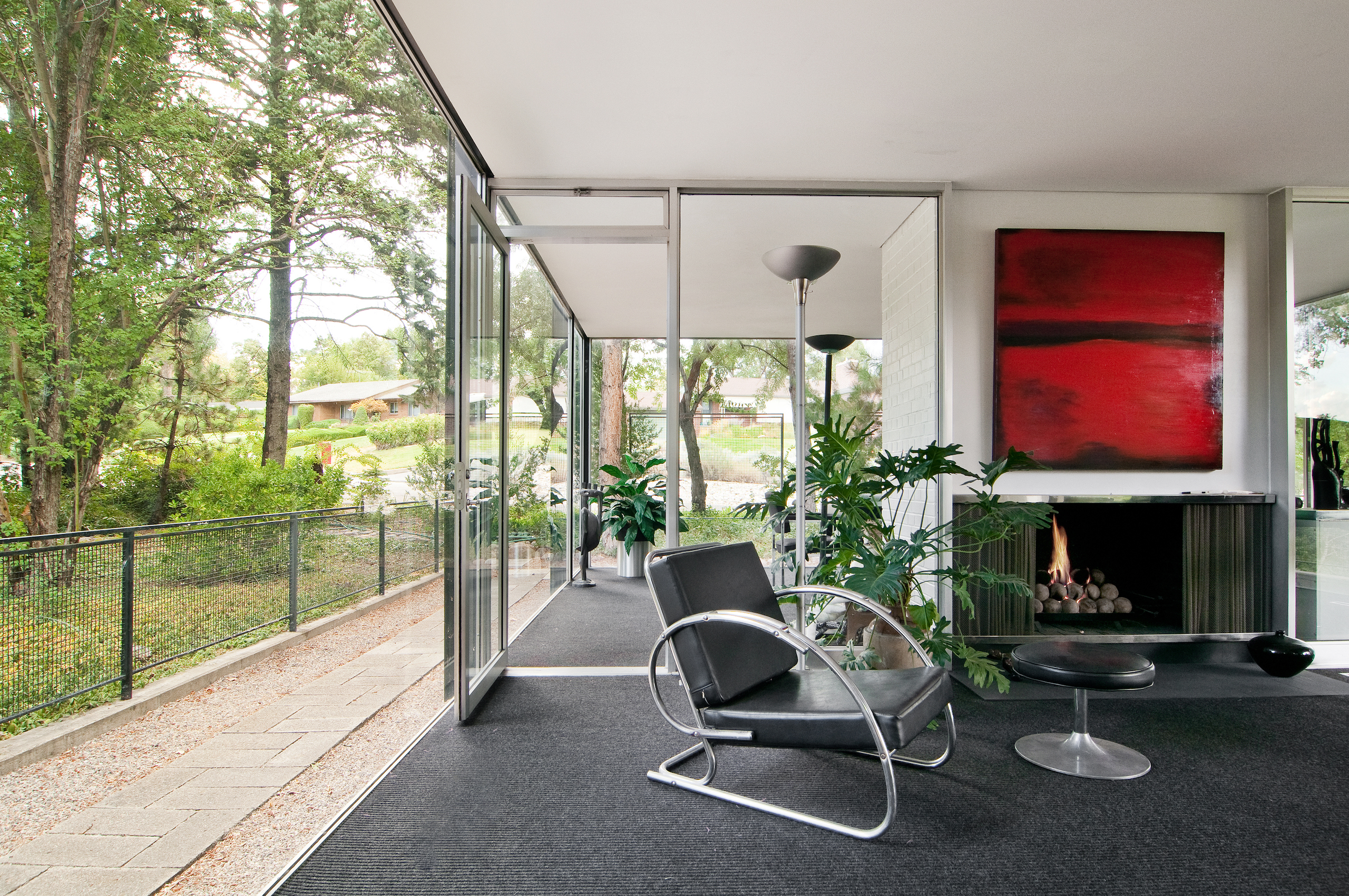
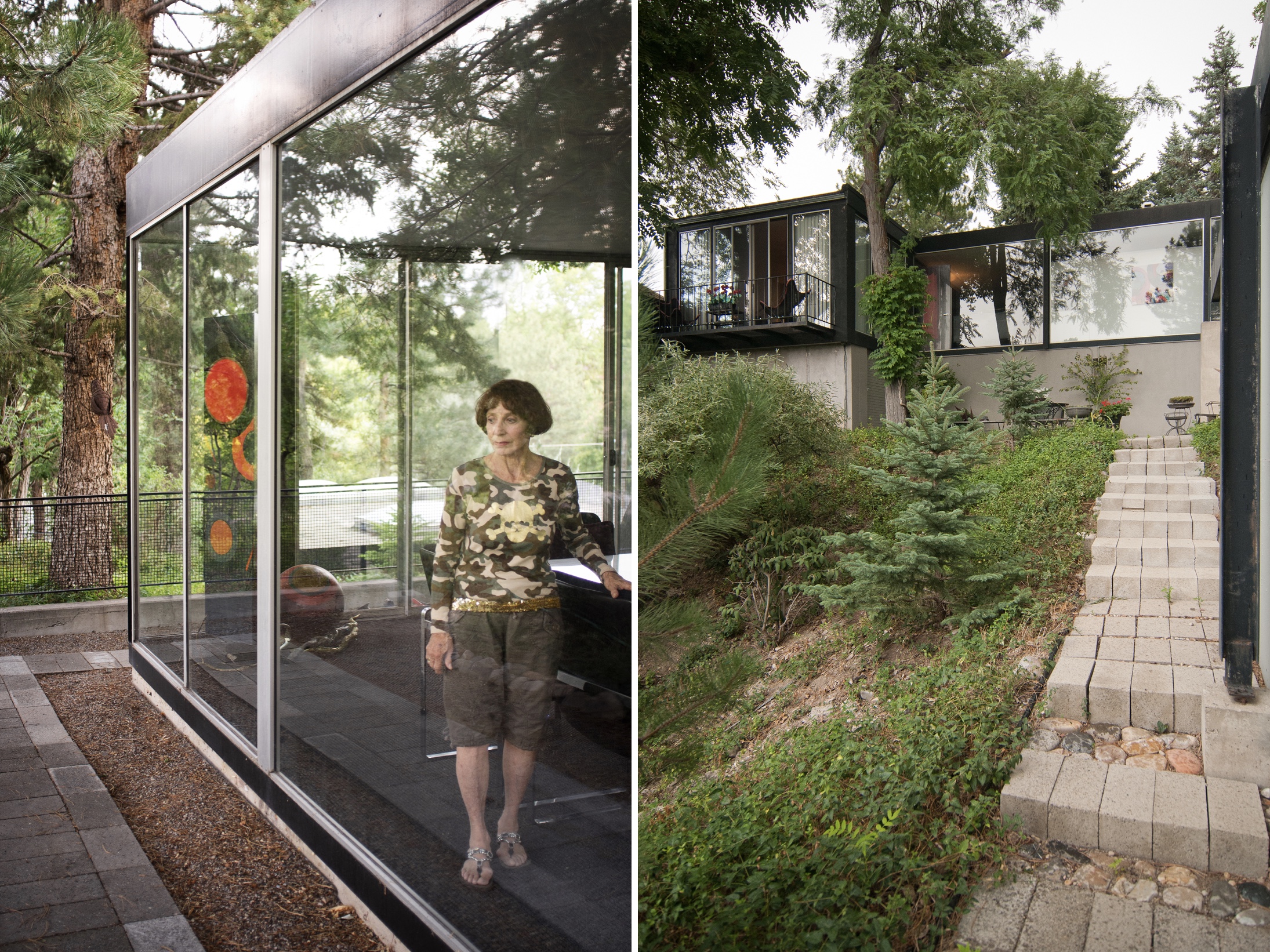



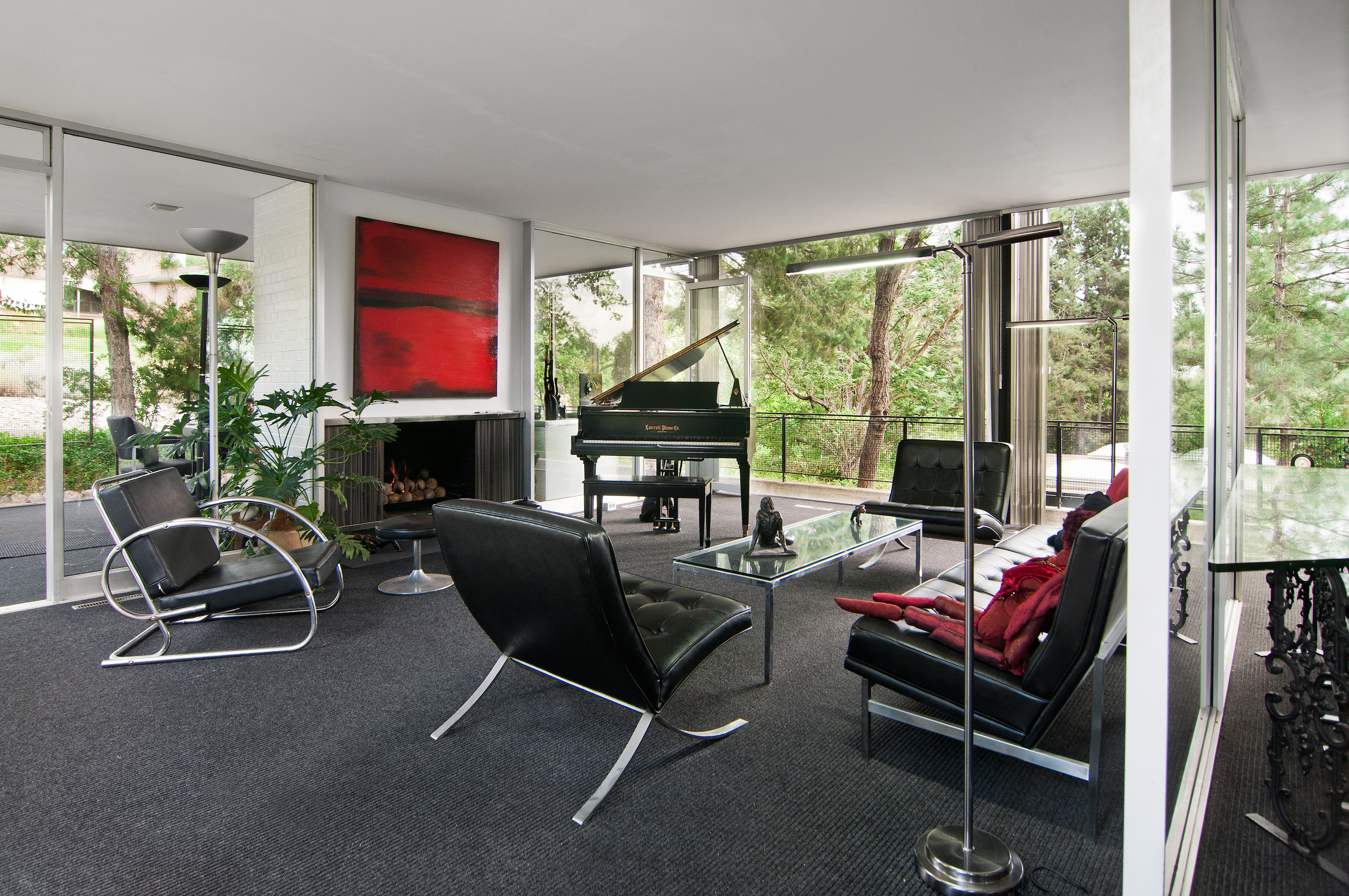
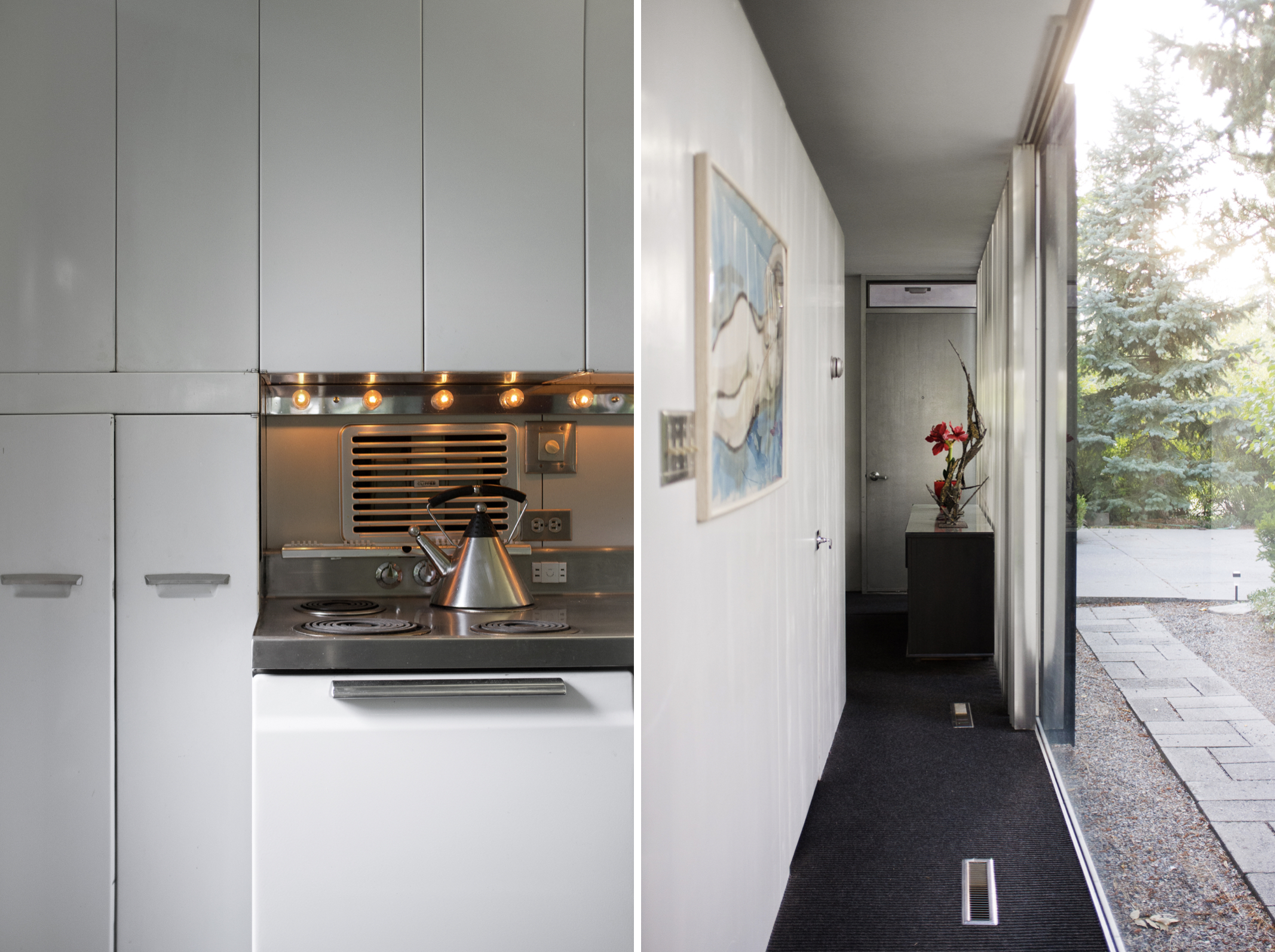

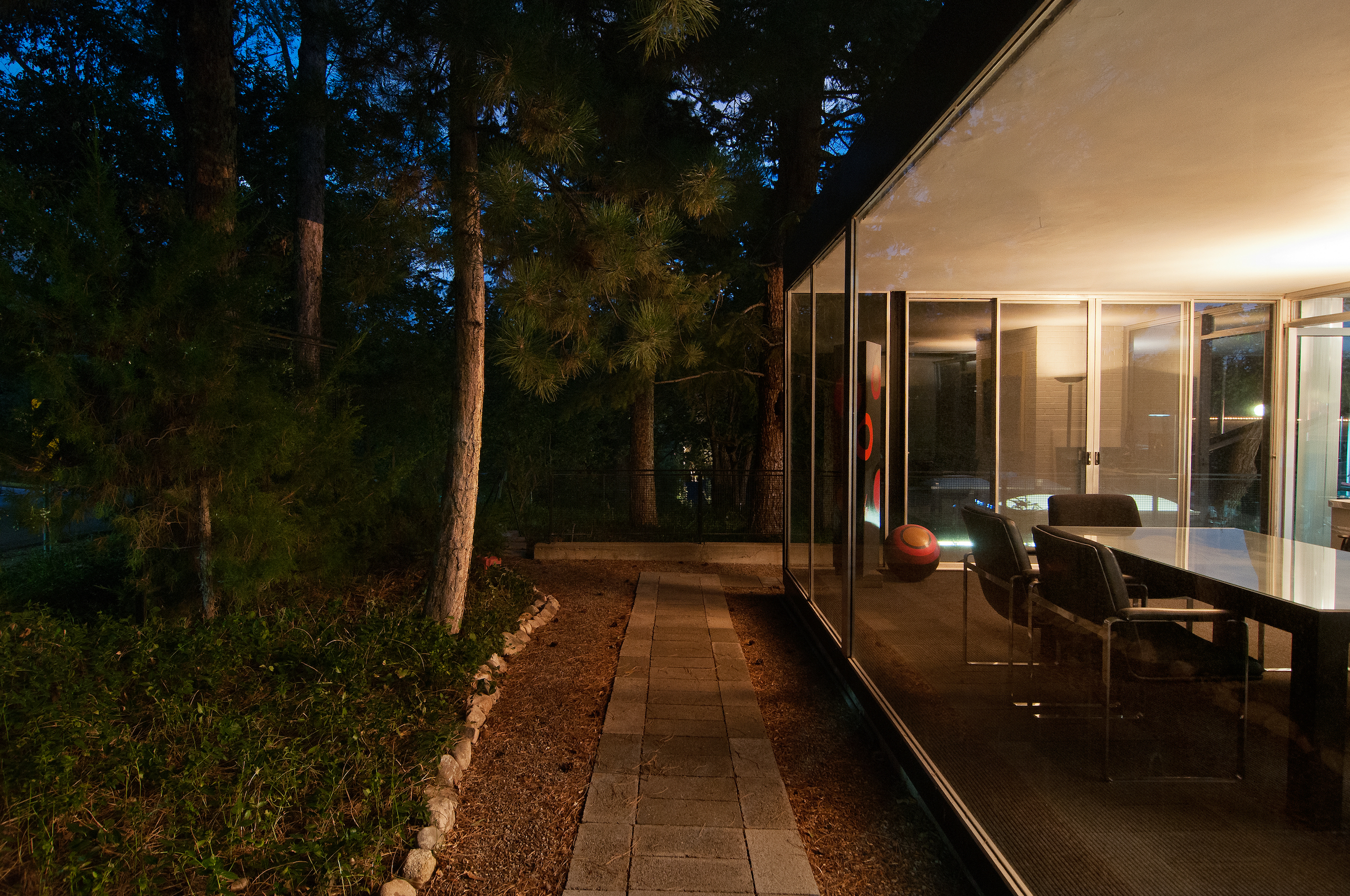

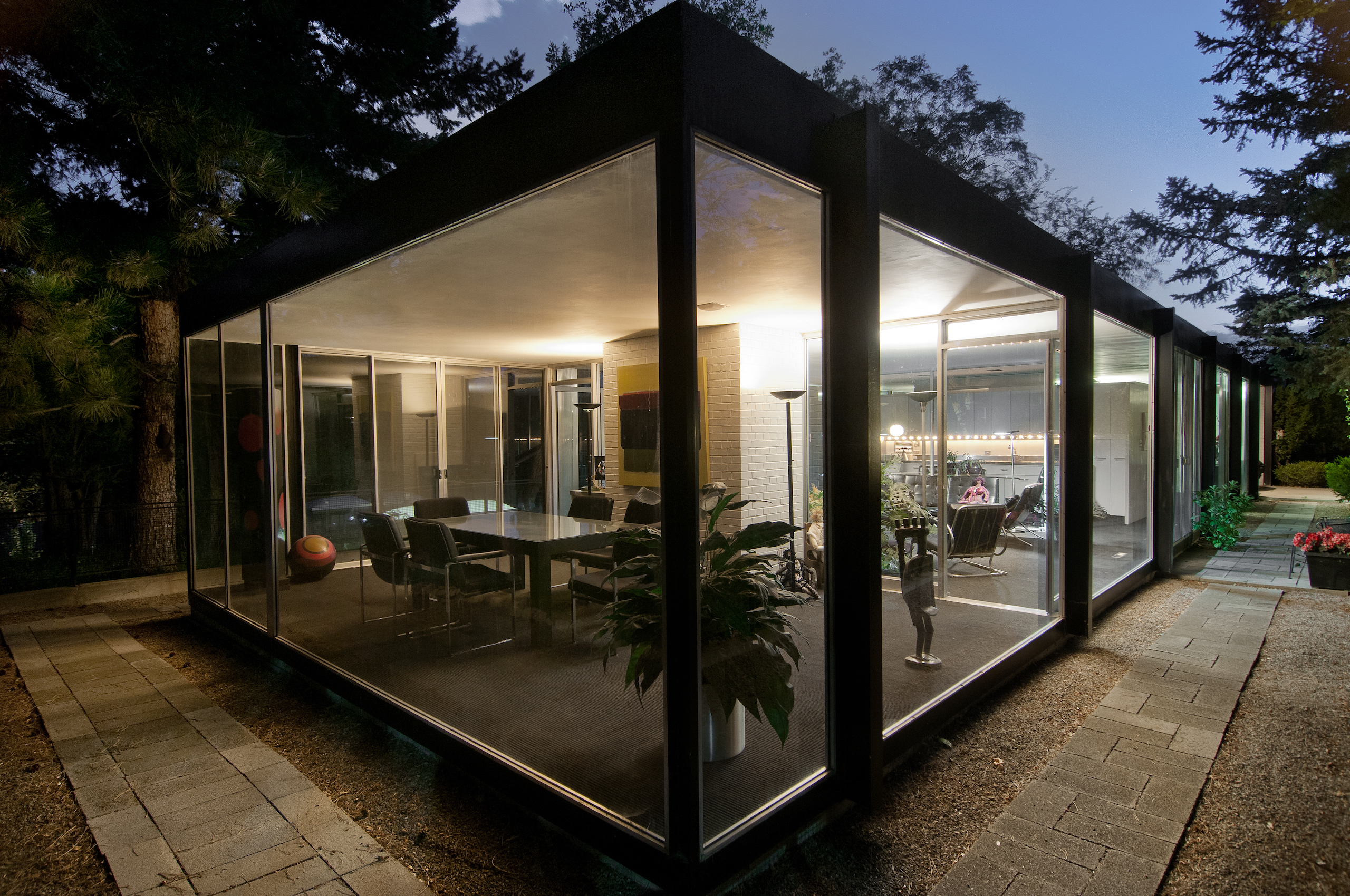
.jpg)



